Guess Who’s Coming to Dinner?
Posted on | February 5, 2015 | 3 Comments
Well, I’m not really sure.
Oh, the usual suspects are here. Cardinals, sparrows, juncos, titmouse (Titmouses? Titmice? Why are tits even involved in this bird’s name?), finches, chickadees, wrens, and mourning doves.
We have several types of woodpeckers that visit our area. We see a giant pileated woodpecker in the woods but never eating birdseed or suet.
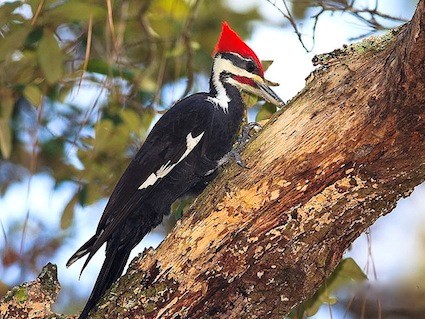
But the tiny downy wood pecker loves the feeders.
Then there’s a yellow-bellied sapsucker (actually has a red head and barely a yellow belly, more like what we call “mayonaise”).
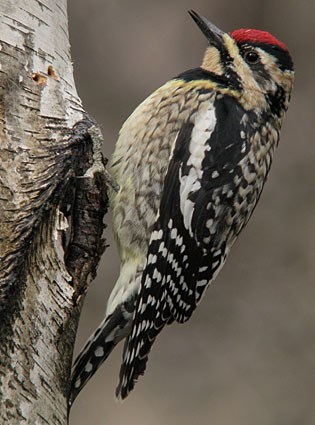
And a red-bellied woodpecker (also a red head and not a red belly).
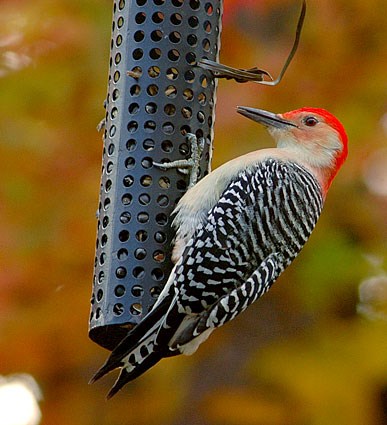
There’s a red-headed woodpecker that is actually called a red-headed woodpecker but he doesn’t show up at our house.
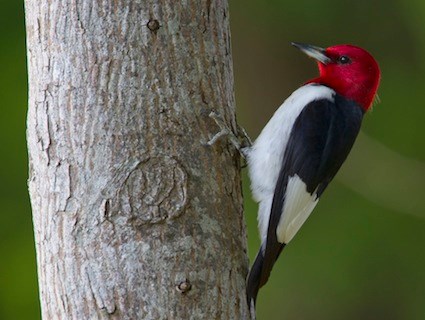
I find it amusing that the aptly named woodpecker isn’t here, but the red-headed varieties with confusing names are regular customers of our bird seed. Feels just about right for our place. Goes perfectly with our bunny, Harvey, who is not considered spotted, or white with black spots, or even black with large white spots. Instead he is considered “broken black.” Um. OK.
Bluebirds didn’t show up until they clear cut a large swath of forest on the next street. Then they arrived in droves and still come regularly.
Another bird also arrived when they cleared that timber. White breasted nuthatches are common here.
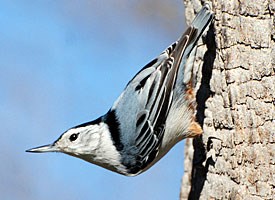
But the brown-headed nuthatches only appeared at the same time as the bluebirds.
The very next season the red-breasted nuthatches arrived. They really do have red breasts. Well, red bird breasts
There is a blue jay that comes over to eat whenever I put out whole peanuts to feast on, but disappears as soon as they’re gone. Guess I have a neighbor who isn’t as stingy with the whole peanuts.
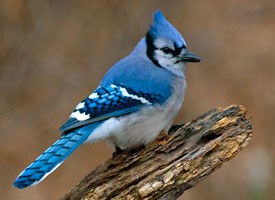
All of these birds are easily identifiable for us because they’re so common. Telling the species of sparrows apart can be challenging but we still know they’re sparrows. Telling the house finch from the purple finch is almost impossible in winter but their summer plumage isn’t as difficult.

Infrequent and unusual visitors are extremely noticeable and, in the past, were identifiable with a quick examination of the Sibley’s Guide.
A Northern flicker occasionally shows up in the summer, eating ants off the dying tree in the backyard. His large size and speckled chest made him an immediate standout.
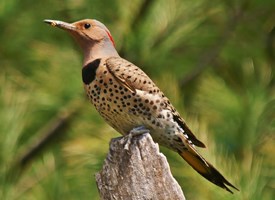
The rose-breasted grosbeaks that stop by during migration are so different from the other regulars that we knew they weren’t one of the locals.
But sometimes it isn’t exactly the birds’ appearance that catches our attention.
I only distinguished the brown thrasher that always feeds on the ground amidst the flocks of sparrows because he was always scratching around in the leaf debris for treats. His scratching was so much more like a chicken than a sparrow that I finally started paying close attention to his colors and noting the differences.
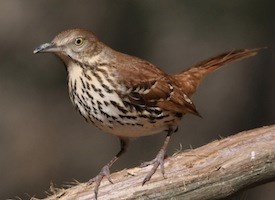
And for a while I assumed the Eastern phoebe was just another junco except his tummy was so much whiter and he had a bizarre habit of flipping his tail when waiting for his turn at the feeder. That flipping tail finally drove me to the Sibley’s where I realized he wasn’t a junco at all.
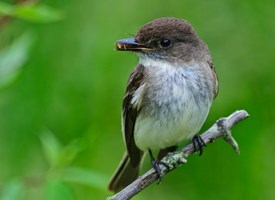
At the backyard bird feeder, little differences sometimes make for an entirely different bird.
Which is why I knew immediately something was up with this newcomer.
Yellow spots under the wing are not something we see around here. At first I thought it was just a goldfinch with weird winter plumage. Or a hybrid. So I kept a close watch and started flipping through Sibley’s. The wing patches really are unique.
But it was the small yellow stripe on his head and the yellow patch on his backside that we saw when he was in flight that gave it away. I couldn’t capture it with my point and shoot camera but it shows in this photograph.
It’s official For the first time ever we have a yellow-rumped warbler at the feeder. Welcome, friend!
Here’s where it gets tricky. A few days later I noticed this yellow bird but I didn’t recognize it. The titmouse was confused, too.
He is yellow like a goldfinch but has more widespread yellow. And his yellow is actually kind of greenish. He has stripes on his wings like a goldfinch but no black bars, just gray and white. Plus, he just isn’t shaped like a goldfinch.
And his beak seems so much pointier.
Here’s some goldfinches to compare shape and color.
Nope. Just not a finch.
But the choices in Sibley’s are, um, overwhelming….
As of right now, I’m thinking it’s a pine warbler. Which may be because I now have warblers on the brain. But it fits the stockiness of the bird and that sharp beak.
Regardless of whether they’re both warblers, the newcomers are scrapping it out over the peanut butter suet every day.
The bluebird and the woodpecker have to stand guard just to make sure any suet is left for them.
The warblers (if they are warblers) are just in time for lots of treats and my favorite birding activity of the year. The Great Backyard Bird Count happens in just another week, February 13th-16th. In preparation, the kids and I will hang lots of special treats (including peanuts for the blue jay) this weekend and stock up on expensive seed that we skimp on the rest of the year. The treats that we hang in the tree branches often attract birds that don’t turn out for the feeders. And the feeds loaded with berries and nuts sometimes draw birds that aren’t tempted with regular bird seed. We’re already 2 new species ahead of the game this year. Who knows who’ll show up for dinner next week?!
If you want to play along here’s the recipe we use for making treats to hang in the trees:
http://www.coffeecupsandcrayons.com/kindness-challenge-love-the-environment/
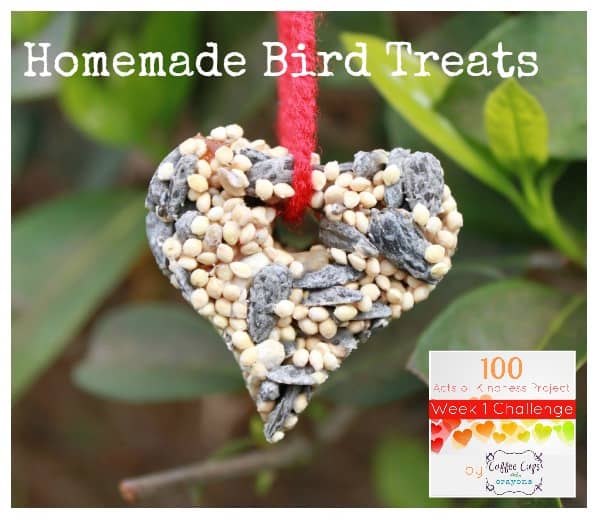
And here’s a homemade version of a peanut hanger:

Counting birds is easy to do (especially over your morning coffee or afternoon tea break), the reporting is done online, and the reports compiled after the count are interesting for citizens and scientists alike. There is even a photography contest for people who have something more than a point-and-shoot camera and nature walks and community events scheduled for people who want to gather and count together.
Imagine if you’re out counting birds and are lucky enough to have a bird poop on your head. It’s only February, people, it’s not too late. You could still have a lucky year, too!
Comments

3 Responses to “Guess Who’s Coming to Dinner?”
Leave a Reply
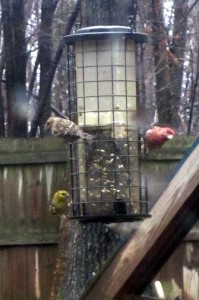
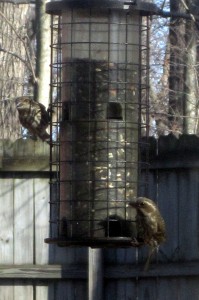
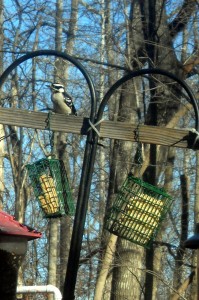
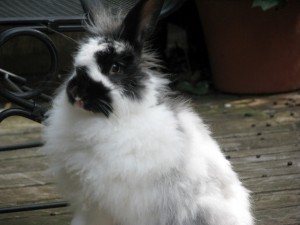
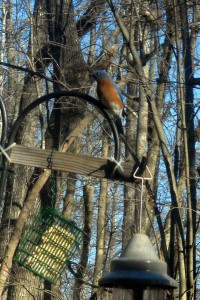
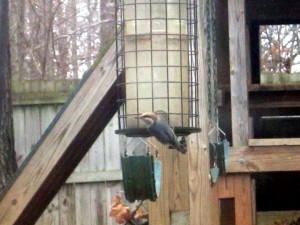
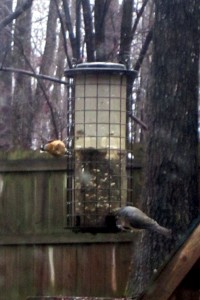
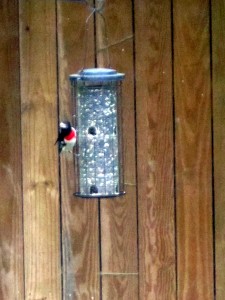
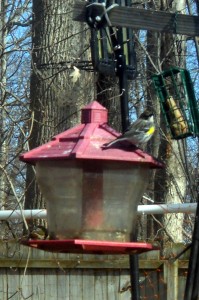
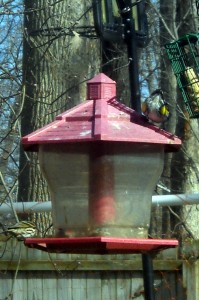
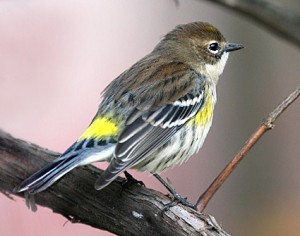
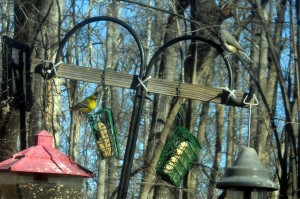
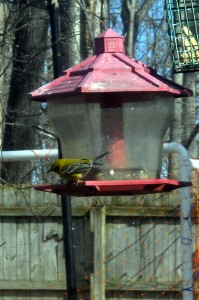
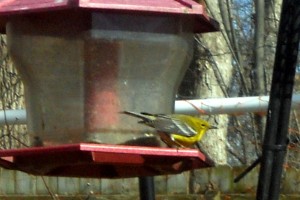
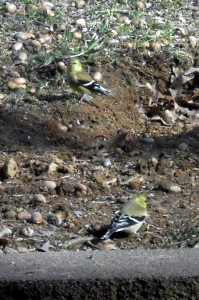
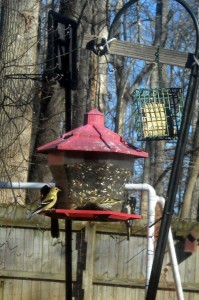

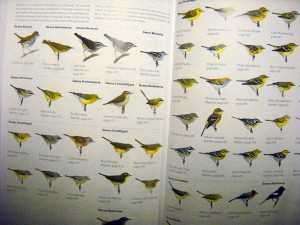
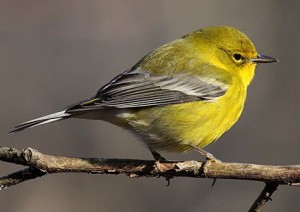
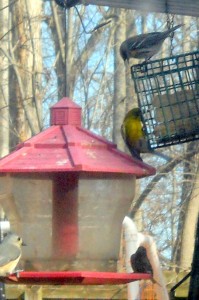
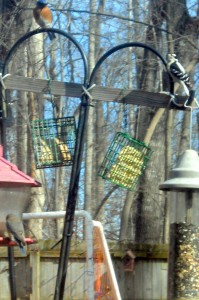



February 6th, 2015 @ 6:36 am
Luke still tells me he doesn’t want a bird to poop on his head like you!! Ha ha!!!
February 6th, 2015 @ 7:26 am
BLR would have LOVED this blog!!!! Wonder what her life list would have looked like. Put out a bottle cap filled with grape jelly, and a couple of orange halves stuck on a branch. Looking for- ward to reading what new visitors you see this year!!
February 6th, 2015 @ 8:24 am
Wow! I thought we had variety! I’m impressed you can identify all these. I’ll have to try the special treats 🙂